Generally, you don’t get as much choice when it comes to routers with integrated ADSL/VDSL modems, so it’s good to see TP-Link catering to British customers with a top-of-the-range model such as the TP-Link Archer VR2800. This is a router that’s not only replete with features and stacked with the very latest the Wi-Fi world has to offer, but also one with solid, reliable performance and great ease of use.
Where To Buy TP Link Archer VR2800 Router:
TP-Link Archer VR2800 review:
This is a DSL router. It supports ADSL2+ and VDSL2 connections so you can use it to replace your BT, Sky, TalkTalk, EE or PlusNet router, and it supports the fastest currently available 802.11 ac Wave 2 wireless standards. Briefly, it’s a fast, usable DSL router that’s an excellent choice as an upgrade to your current ISP-supplied router.
TP-Link Archer VR2800 review: Price and competition
The one thing that might put you off about the Archer VR2800 is the price. It’s ₤ 200, which is quite a lot for a single router, specifically when you can get the excellent Google Wifi for ₤ 229, add it to your existing setup and get even faster, more stable speeds.
It’s also worth noting that the award-winning BT Whole Home Wi-Fi is currently only ₤ 195, which is a bargain and offers a similar setup. We’re unsure how long that deal will last, though.
But, if you prefer the more traditional beef-up-your-router approach to upgrading your Wi-Fi, the TP-Link offers great performance in a slightly less expensive package.
TP-Link Archer VR2800 review: Performance
Just like many wireless routers, the TP-Link Archer VR2800 isn’t much to look at; just a fairly nondescript black slab with four antennae sticking up at the back, four Gigabit LAN ports and a VDSL2/ADSL2+ compatible socket, plus a couple of USB 3 sockets on the left-hand edge.
There’s a line of fairly bright status LEDs ranged along the centre of the router’s body but these can, luckily, be disabled. That’s handy if you want to site the router in a bedroom.
There’s plenty going on inside, though, and when it comes to Wi-Fi specifications, this router is up with the most expensive models on the market.
Over 5GHz it’s capable of delivering link speeds up to 2,167 Mbits/sec thanks to 4×4 stream MIMO and 1024QAM support. It’s slightly less impressive over 2.4 GHz, but will still reach up to 600Mbits/sec with compatible devices and adapters.
You won’t be able to connect at those speeds with any single device, simply because no laptop that I know of comes with 4×4 MIMO– most have 2×2 at best, with 3×3 adapters a rarity. But, connected to the 3×3 adapter in our test laptop– a previous-generation MacBook Pro 15in– performance was excellent.
In our close-range tests, we saw throughput speeds reach 109MB/sec (872Mbits/sec) on the download, which is almost as fast as Gigabit Ethernet and the fastest close-range speed of any router we’ve tested.
In the long-range test in our kitchen location it wasn’t quite as impressive, but still returned an average download speed of 10.8 MB/sec. Although this is slower than mesh systems such as Google Wifi or BT Whole Home Wi-Fi are capable of delivering at range, it’s still enough to deliver access to every single megabit of most people’s broadband connections in most parts of the home– despite BT’s fastest 74Mbits/sec broadband service installed.
USB transfer performance hit the high notes as well, with sequential reads from our USB 3 thumb drive reaching a heady 41.8 MB/sec, which is absolutely fine for casual file sharing and occasional backups.
TP-Link Archer VR2800 review: Setup and features
In fact, no single router we’ve reviewed on this website is as good an all-rounder as the TP-Link Archer VR2800. And it couples this sterling performance with an excellent range of features plus good ease of use.
Setting up DSL connections is a doddle: simply run through the router’s Quick Setup routine, select your provider from the list– which provides all the big UK ISPs, including Sky VDSL (MER)– pop in your username and password and the router does the rest.
Sky users will have to jump through a few technical hoops to gain their credentials as Sky doesn’t officially support the use of third-party routers. Specifically, you’ll need to use Wireshark to “hack” your username and password; but when I tested the router on my home connection, it worked like a dream.
TP-Link’s Tether app (available on iOS and Android) is excellent. It gives access to many of the features available via the router’s web-based admin pages, including firmware updates and parental controls. I had to disable mobile data on my Android phone before it would connect, though.
Those parental controls, however, are actually pretty useful. There are black and white lists for allowing/limiting access to specific websites, and you can also control access on a per-device basis on specific days and at specific times. That’s just what parents need and exactly what we expect to see.
Anywhere else, the USB ports can be used to link a 4G adapter or printer as well as storage. There’s user-configurable QoS, which can be assigned on a device or application basis. You can set up Guest networks pretty easily also, and the router supports OpenVPN.
TP-Link Archer VR2800 review: Verdict
The TP-Link Archer VR2800 may not be able to offer coverage to match the ideal mesh Wi-Fi systems, but performance for a single router is unimpeachable and the price is reasonable considering the features on offer.
The TP-Link Archer VR2800’s performance and selection of features make it a fine option if you want to replace the router your ISP supplied you with. It wins a deserved Best Buy award.

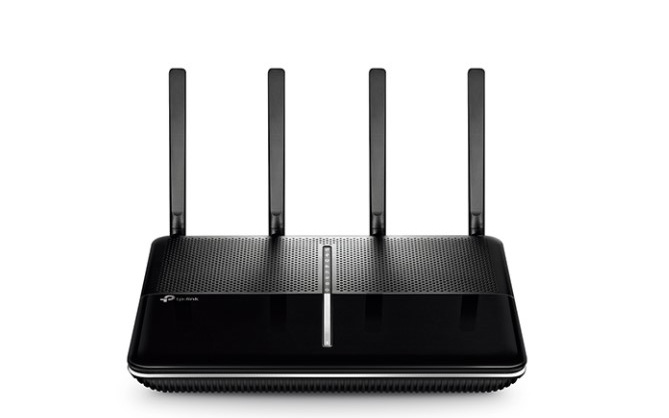
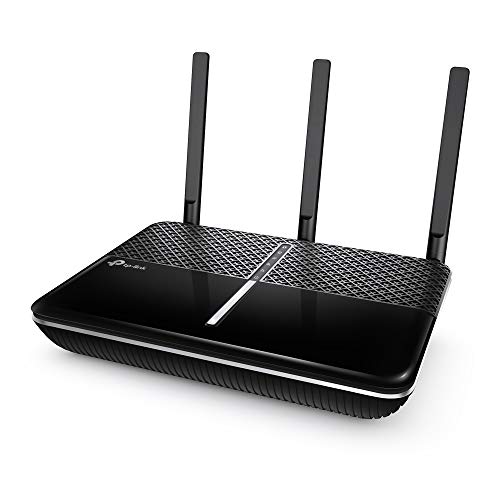





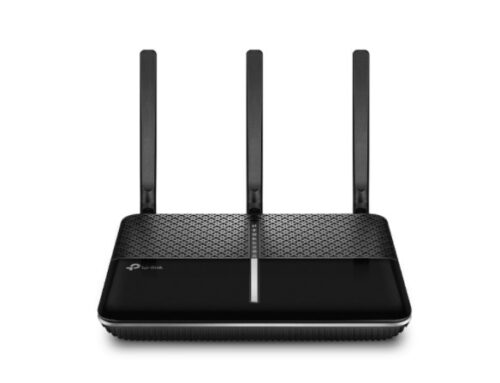
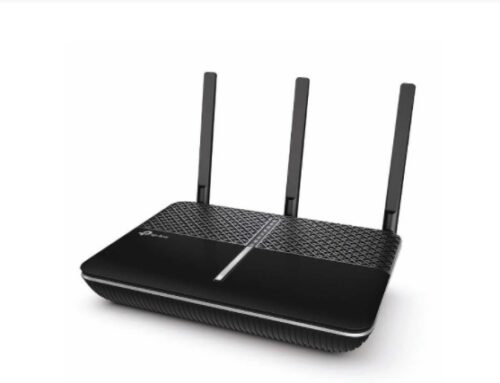
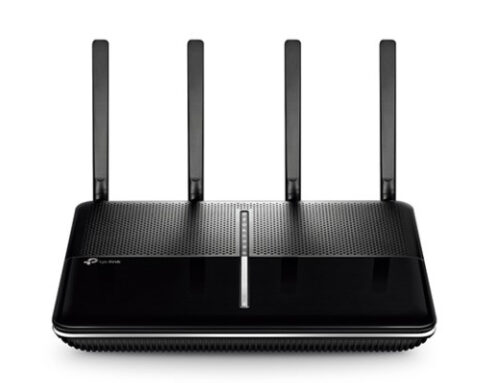
Leave A Comment